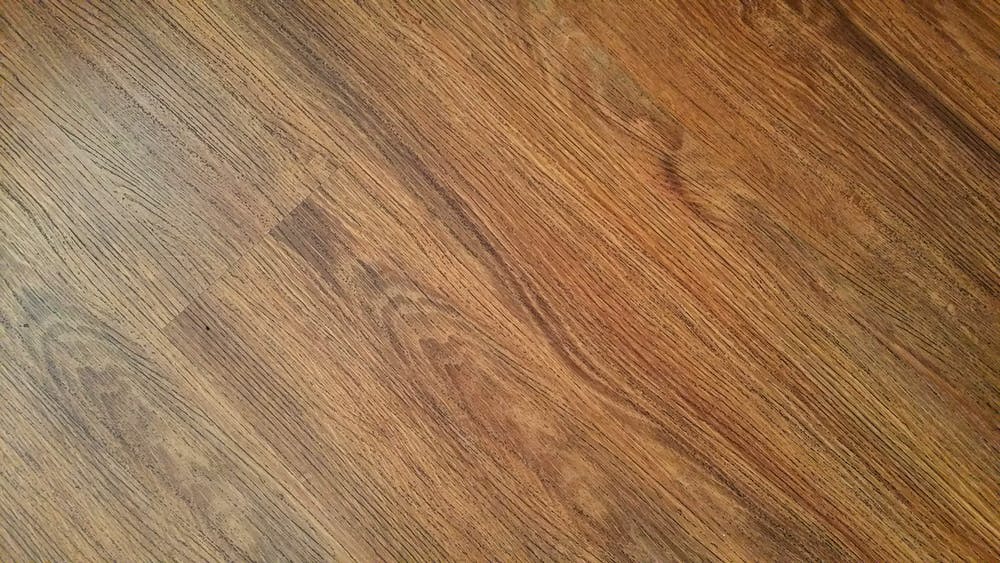How to Choose the Right Baseboard for Your Property
Baseboards are a great way to update a room or put a finishing touch on a remodeled unit. Base molding - the small trim that goes along the lowest and highest parts of interior wall of a room- can elevate the space of a unit and offer a stylish transition from wall to floor.

Baseboards are a great way to update a room or put a finishing touch on a remodeled unit. Base molding - the small trim that goes along the lowest and highest parts of interior wall of a room- can elevate the space of a unit and offer a stylish transition from wall to floor. To find the best molding trim, select a baseboard that coordinates with your property’s style while staying within your budget.
Types of Baseboard Styles
- Old-fashioned: Old-fashioned baseboards are often made out of pine or fir wood. This style can add a dramatic victorian or colonial style to your building but the project can end up being very pricy. For example, a colonial style trim trim carries a vintage and elegant style, often found in colonial inspired living and dining rooms. This style brings a unique character to a room. If your property is old-fashioned, try incorporating a similar style for the molding, or contrast the building style with a modern baseboard trim.
- Modern: A modern molding is suitable for relaxed spaces, perfect for contemporary multi-family buildings. Subtle molding such as a thin base moldings are a great way to streamline the interior of a property. Giving a modern minimalistic look to any interior. Flat baseboard trims are optimal for wall molding for an apartment. Extra tall baseboards give a higher-end finish quality to any property.
Types of Baseboard Material
- Medium Density Fiberboard: MDF is comprised of wood fibers, resin and other products. MDF is easy to shape into various designs due to its material. MDF is also easy to paint, stain and costs less compared to the majority of other materials. MDF baseboards are flexible and are one of the most popular in the market. This material is a great option for property managers who want to repaint their baseboard during a rental turn.
- Wood: Oak is the most popular wood trim type, especially since it’s able to match any wood in your house. Wood can be vulnerable to warping, so double check your trim before purchasing. Wood offers a high-end look to any property and you can find a wide range of price options, depending in the wood species. Hardwood also fits in easily with existing molding, making installation cheap and easy. You can have a classic neutral look with a painted wood baseboard or rustic look by leaving it unpainted.
- Plastic: Plastic baseboards can easily be styled and colored, but not as easy as wood. Plastic baseboards are less expensive than vinyl or wood. On the other hand, the material is not very flexible, so it can easily be damaged. Unlike the alternatives, plastic baseboards are not
- Vinyl: Vinyl trim molding is a great option for a ceiling that meets the stairs for an upper floor. The flexible material is great for a unit that has a vintage or classic style throughout the property. Vinyl baseboards also suits bathrooms well since they can put up with damp. Vinyl is durable, easy to install, replace, and is less expensive than hardwood. The negatives: vinyl baseboard tends to attract mildew, and the material can’t be painted.

